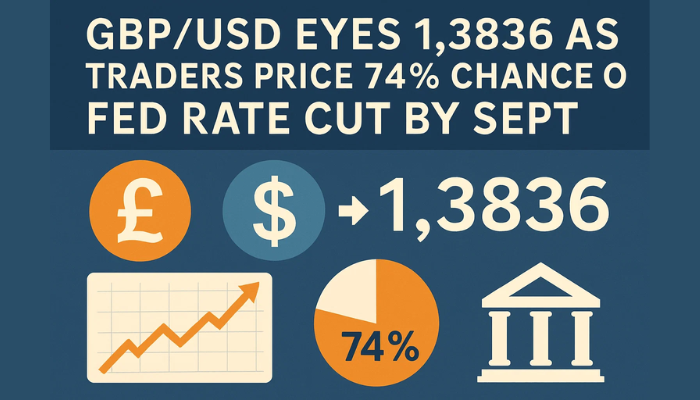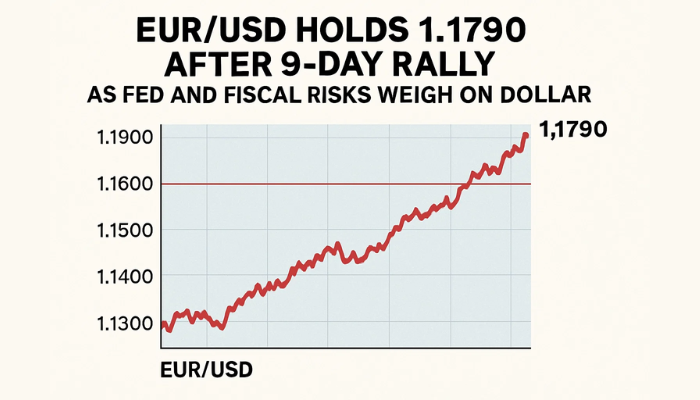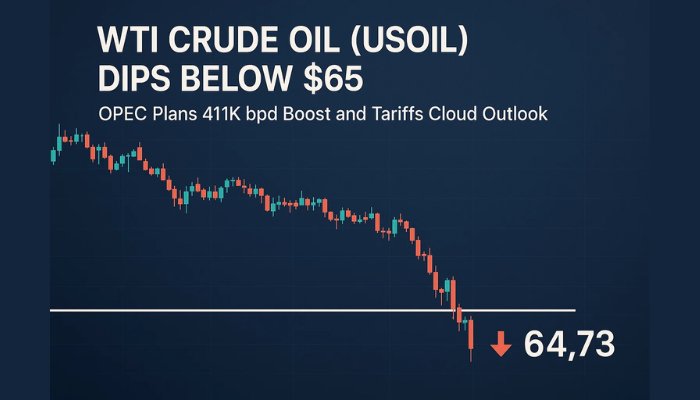Forex Signals US Session Brief, Sep 30 – EUR/USD Breaks Below 1.09 As Inflation Keeps Weakening in Europe
Inflation weakened further this month in the Eurozone and the Euro extended the decline, as the ECB is expected to grow further dovish
Inflation has been weakening in Europe for more than a year. This, as well as the slowing economy have turned the European Central Bank (ECB) quite dovish and the Euro pretty bearish in recent months. headline inflation YoY is at around 1.0% in the Eurozone, while core CPI (consumer price index) has fallen below 1.0% which is a red flag for the ECB. In the last meeting we saw the ECB cut rates by 10bps and the reintroduction of the QE (quantitative easing) programme, but that wasn’t enough for the markets and as a result, the Euro turned bullish immediately after that meeting and EUR/USD rallied nearly 200 pips higher in the following sessions.
But, the economy of the Eurozone continues to deteriorate, especially manufacturing, as we saw in the manufacturing PMI reports released last week. So, there’s only one direction for the Euro as the ECB is expected to turn even more dovish on the deteriorating data, down. The inflation reports from Germany, Spain and Italy released this morning showed further cooling in prices. EUR/USD broke the next major support level at 1.09. So, another door to the downside opens for this pair. The final reading for the UK Q2 GDP remained unchanged at -0.2%, but the YoY number ticked higher, so not much impact on the GBP.
The European Session
- German Retail Sales – Retail sales have been negative in four out of the last five months in Germany. Last month’s report showed a big 2.2% decline for July. But, that was revised higher today to -0.8%. Today’s report which was for August was expected to turn positive and show a 0.5% increase and that’s exactly how the actual figures came out. This might be a good indication that sales might remain positive in the coming months, but it’s still just one month on a negative trend.
- German, Spanish and Italian CPI Inflation – CPI (consumer price index) inflation turned negative last month, showing a 0.2% decline in Germany. There were no expectations for this month, but inflation remained flat at 0.0%. In Spain, inflation has weakened considerably in the last several months, from around 1.5% YoY in April, to 0.3% in August, where it was expected to remain this month. But, inflation weakened further to just 0.1% which is really slow for a whole year. In Italy though, inflation was expected to turn negative and post a 0.3% decline this month, but it fell further by 0.5% instead, so inflation doesn’t look good at all in the Eurozone.
- UK Q2 Final GDP – The UK GDP report for Q2 was released this morning. The final reading remained unchanged from the second estimate at -0.2%. Although, GDP YoY ticked higher though to 1.3% against 1.2% expected. The current account for Q2 came in at -25B against -19.2B expected. Q1 was also revised lower to -33.1B from -30B.
- UK Mortgage Lending and Business Investment – UK mortgage lending came lower as well today at 3.85B against 4.2B expected. Mortgage approvals came at 65.5K as expected,down from 67.3K prior. Business investment for Q2 was revised a tick higher, showing a 0.4% decline, compared to -0.5% in the previous estimate.
The US Session
- Canadian RPMI – The raw material price index for August fell -1.8% versus -1.5% estimated. The prior month was revised higher to 1.3% from 1.2% estimated. RPMI excluding crude Oil rose by 0.4%. Raw material price index year on year fell by -6.0%. The next crude Oil year on year rose by 1.9%.
- UK Minister Sajid Javid Speaking on Brexit – Javid spoke at the Conservative conference a while ago, saying that he has tasked the Treasury with preparing a comprehensive economic response to support the economy. We are leaving the EU in 31 days. Deal or no deal, we will be ready. Javid wants to set a new target for minimum wage at £10.50 and to bring down age rules to cover everyone over 2.
- US Chicago PMI Falls in Contraction Again – The Chicago PMI index fell below 50 points in June which means contraction and it dipped further in July. But in August it returned above 50 again, so back in expansion. Today this indicator was expected to come at 50.0 points, which means remaining flat, but it dived below 50 points again, coming at 47.1 points.
Trades in Sight
Bearish NZD/USD
- The trend is bearish on the H1 chart
- The pullback up is complete
- MAs are providing resistance again

The 20 SMA is providing resistance today
NZD/USD has been bearish for quite some time now, since it turned down by the middle of July. We saw a decent retrace at the beginning of this month and then again last week, but that pullback ended at the 50 SMA (yellow) on the H4 chart. Today this pair made new lows in the Asian session, but it retraced higher in the European session. But it seems like the 20 SMA (grey) turned into resistance on the H1 chart today as the price is reversing down from here. The retrace is also complete with stochastic overbought, so a reversal makes sense.
In Conclusion
So, retail sales turned positive in Germany in August, which is a good sign after seeing them decline considerably in recent months. But, inflation didn’t increase during the same month, although that should come if the consumer demand keeps increasing, which is not so certain at this moment.
- Check out our free forex signals
- Follow the top economic events on FX Leaders economic calendar
- Trade better, discover more Forex Trading Strategies
- Open a FREE Trading Account


